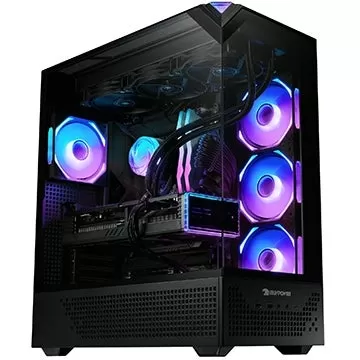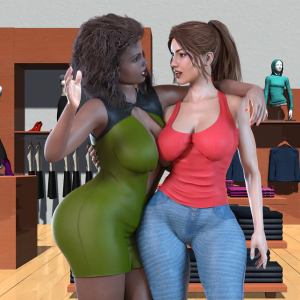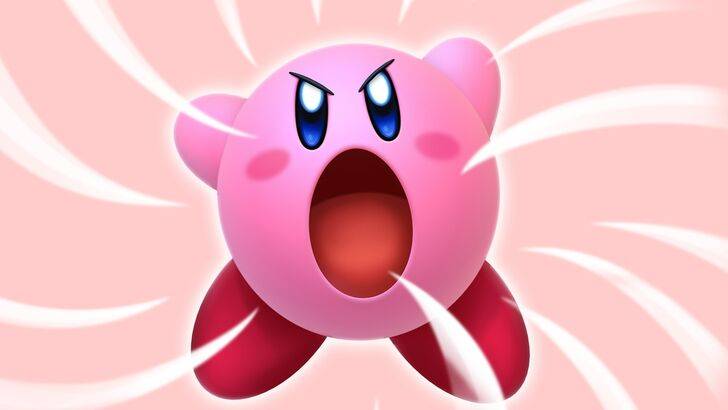
Discover why Kirby's appearance varies between the U.S. and Japan, and how Nintendo adapted its marketing strategies for different audiences. Dive into the insights shared by former Nintendo employees to understand the localization process behind Kirby's global appeal.
"Angry Kirby" Was Made To Appeal To Wider Audiences
Nintendo Rebranded Kirby For More Appeal In The West

Kirby's fiercer and tougher appearance on game covers and artworks was designed to resonate more with American audiences, earning the nickname "Angry Kirby" among fans. In an insightful interview with Polygon on January 16, 2025, former Nintendo Localization Director Leslie Swan shed light on the company's decision to alter Kirby's look for Western markets.
Swan explained that the intention wasn't to make Kirby look angry, but rather to portray determination. She noted, "Cute, sweet characters are universally popular in Japan." However, she added, "In the U.S., tween and teen boys are often drawn to characters that exude toughness."
Kirby: Triple Deluxe Director Shinya Kumazaki, in a 2014 GameSpot interview, emphasized that while cute Kirby draws in a broad audience in Japan, a "strong, tough Kirby that's really battling hard" is more appealing to U.S. players. Yet, he acknowledged that this approach varies by game, citing Kirby Super Star Ultra which featured a tough Kirby on box art in both regions. Kumazaki highlighted the desire to showcase Kirby's serious side in gameplay while recognizing the enduring appeal of Kirby's cuteness in Japan.
Advertising Kirby As "Super Tuff Pink Puff"
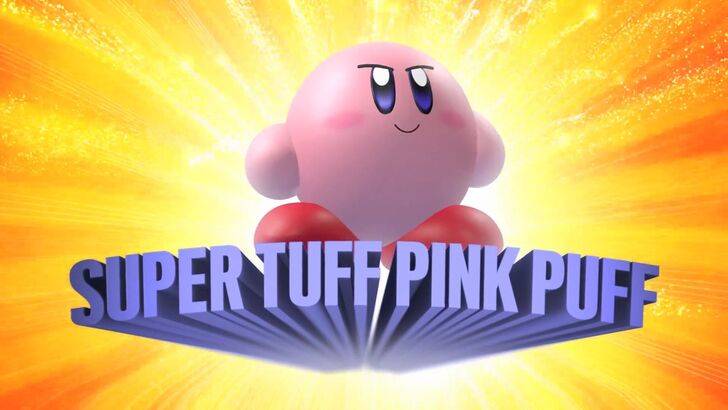
Nintendo's marketing strategy aimed to broaden Kirby's appeal, particularly to boys, by branding him as the "Super Tuff Pink Puff" in the 2008 Nintendo DS game, Kirby Super Star Ultra. Former Nintendo of America Public Relations Manager Krysta Yang revealed that Nintendo sought to shed its "kiddie" image during her tenure. "There was a time when both Nintendo and gaming needed to project a more mature, cool image," she said. Yang also mentioned that being labeled as 'kiddie' was detrimental to a game's success.
Nintendo's efforts to portray Kirby as tougher and to highlight the combat elements of its games were part of a broader strategy to move away from the perception of Kirby being solely for young children. In recent years, the focus has shifted more towards gameplay and abilities, as seen in the marketing for Kirby and the Forgotten Land in 2022. Yang observed, "There's been a consistent effort to evolve Kirby into a more well-rounded character, though many still perceive him as cute rather than tough."
Nintendo’s U.S. Localization For Kirby
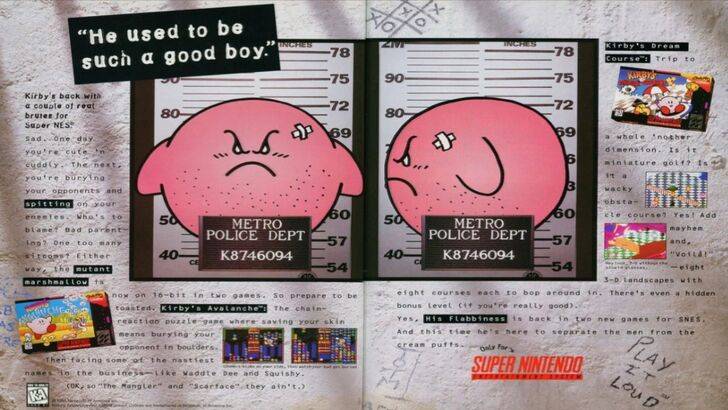
The divergence in Kirby's localization between Japan and the U.S. became evident with a striking 1995 print ad featuring Kirby in a mugshot as part of Nintendo's "Play It Loud" campaign. Over the years, Kirby's box art in the U.S. showcased a more aggressive look, with games like Kirby: Nightmare in Dream Land (2002), Kirby Air Ride (2003), and Kirby: Squeak Squad (2006) depicting him with sharp eyebrows and a stern expression.
Beyond facial expressions, Nintendo also adjusted Kirby's color palette for Western audiences. The 1992 release of Kirby’s Dreamland on the GameBoy featured a ghostly-white Kirby on the U.S. box art, contrasting with the original pink hue in Japan. This was due to the GameBoy's monochrome display, and it wasn't until Kirby's Adventure on the NES in 1993 that U.S. players saw Kirby's true pink color. Swan explained that this posed a challenge, saying, "A puffy pink character targeting boys trying to be cool wasn't likely to meet sales expectations."
This led Nintendo of America to modify Kirby's facial expressions on U.S. box art to attract a broader audience. In recent times, Kirby's global advertising has achieved greater consistency, with his expressions ranging from serious to gleeful.
Nintendo’s Global Approach
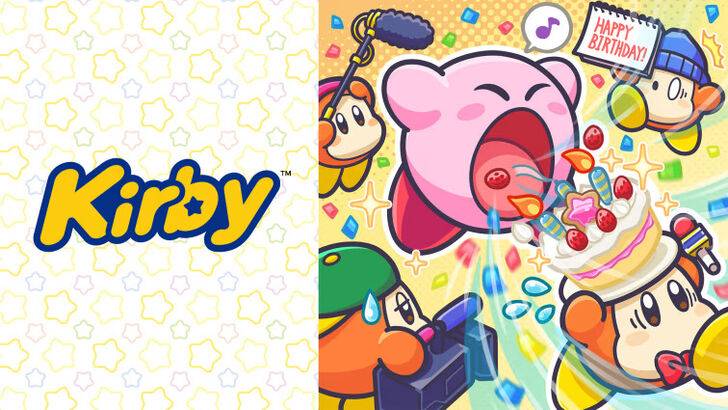
Both Swan and Yang agree that Nintendo has adopted a more unified global approach in recent years. Nintendo of America collaborates more closely with its Japanese counterpart to ensure consistent marketing and localization strategies, moving away from regional variations like the distinct Kirby box art and the 1995 "Play It Loud" advertisement.
Yang noted that the global audience dynamics haven't shifted significantly. She stated, "The shift towards global marketing was a strategic business decision. It offers brand consistency across regions but can sometimes overlook regional nuances." She expressed concern that this could result in "overly cautious, generic marketing for some Nintendo products."
Game localizers attribute the current trend in localization, or its absence, to the broader globalization of the industry and the growing familiarity of Western audiences with Japanese culture through games, movies, manga, anime, and other media.


